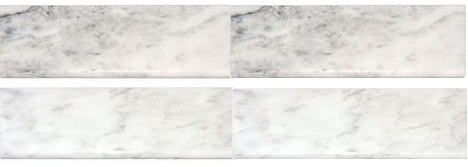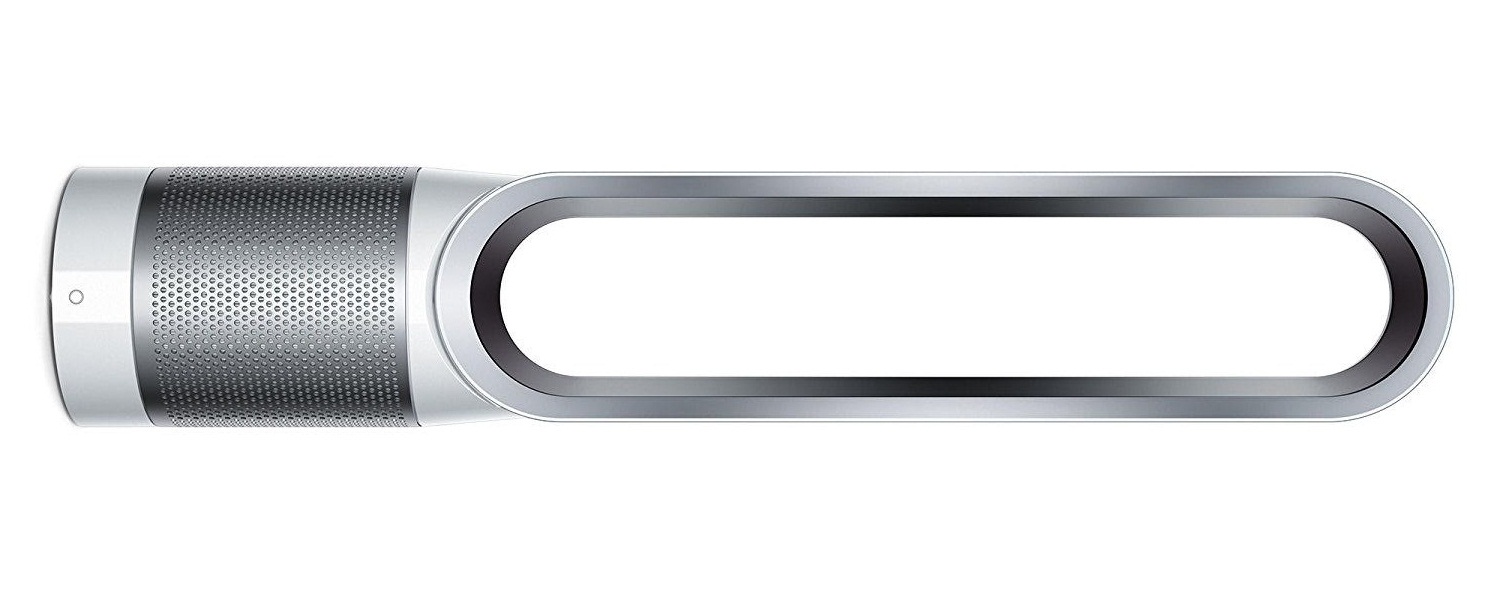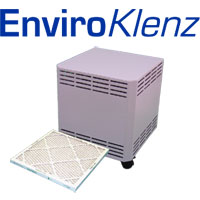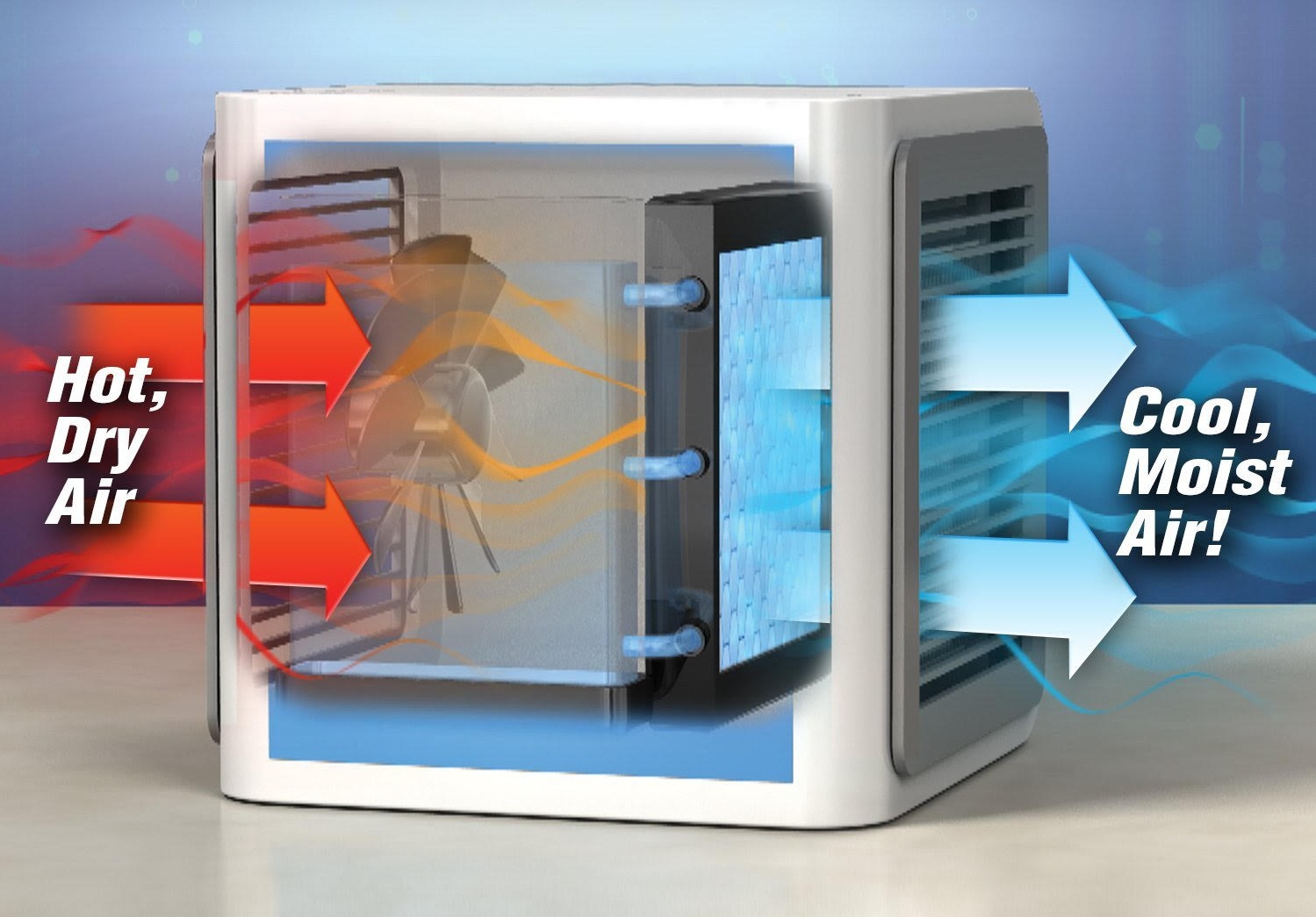
Art | Resources
Nontoxic Car Seat Covers
Question from Suzie
Hi Debra,
We purchased conversion van yr 2013 Have had the carpets steam cleaned without any fragrances in the van but still smelling some will try the non-toxic in Vairo clean over top…
However the seats are leather and of course treated… I haven’t even been able to ride in the van since we purchased it two years ago. We used sheepskin seat covers and our last fan to help hide the smell of the seats and had to wash them many times to get some of the odor Our. Any recommendations for nontoxic car seat sea covers ?
Appreciate any input thank you!
Debra’s Answer
Yes, actually.
I would make custom seat covers. And these are not as difficult as it sounds.
In fact, when I had my Fiat X 1/9 I took it to a auto upholsterer and had them make new custom seat covers from the cotton canvas I provided. And they were great.
But you could also have an auto upholsterer make COVERS for your seats that you would put over the existing covers.
Plain cotton canvas won’t block outgassing.
But you could put a layer of foil-backed polyethylene plastic that would block, or a layer of carbon felt that would adsorb emissions from the car interior.
Fiesta Dinnerware
 This brightly colored iconic dinnerware is free from lead and some colors are also free from cadmium. Here’s the list of cadmium-free colors (both retired and current): shamrock, chocolate, peacock, turquoise, cinnabar, plum, black, white, heather, lapis, sage, slate, cobalt, claret, mulberry. Statement from the manufacturer about being lead-free.
This brightly colored iconic dinnerware is free from lead and some colors are also free from cadmium. Here’s the list of cadmium-free colors (both retired and current): shamrock, chocolate, peacock, turquoise, cinnabar, plum, black, white, heather, lapis, sage, slate, cobalt, claret, mulberry. Statement from the manufacturer about being lead-free.
Cacoco Drinking Chocolate
 I found this chocolate at my local farmer’s market. It’s different from any other I’ve seen because it’s WHOLE chocolate made from heirloom cacao grown in healthy soil. Virtually all other chocolate is processed and separated and then mixed together again. This chocolate takes the whole cacao beans as they are and grinds them, then “rather than the standard processed cocoa powder, cane sugar, and milk, we add all organic superfood herbs and spices [plus a bit of coconut sugar and Himalayan salt] to our fair trade chocolate blends for an amazing vitality elixir with anti-oxidants, minerals, and essential fatty acids, as well as a pharmacopeia of bliss inducing compounds that are most present in heirloom cacao varietals from healthy soil… CACOCO is the purest form of cacao directly sourced from beyond-organic farms, that not only improve the health of the environment but produce a chocolate that showcases the finer nuances of well maintained soil and cultivation and highlight the terroir of the region…We currently source all of our heirloom cacao from organic and regenerative farms in Ecuador. CACOCO is currently working in tandem with Terra Genesis International (TGI)* to build a regenerative network of businesses committed to rebuilding supply chains based on regenerative principles.” I tasted them all at the farmer’s market and liked the 80% Extra Dark best. This is not a powder, it’s more like a crumble that needs to be well-mixed.
I found this chocolate at my local farmer’s market. It’s different from any other I’ve seen because it’s WHOLE chocolate made from heirloom cacao grown in healthy soil. Virtually all other chocolate is processed and separated and then mixed together again. This chocolate takes the whole cacao beans as they are and grinds them, then “rather than the standard processed cocoa powder, cane sugar, and milk, we add all organic superfood herbs and spices [plus a bit of coconut sugar and Himalayan salt] to our fair trade chocolate blends for an amazing vitality elixir with anti-oxidants, minerals, and essential fatty acids, as well as a pharmacopeia of bliss inducing compounds that are most present in heirloom cacao varietals from healthy soil… CACOCO is the purest form of cacao directly sourced from beyond-organic farms, that not only improve the health of the environment but produce a chocolate that showcases the finer nuances of well maintained soil and cultivation and highlight the terroir of the region…We currently source all of our heirloom cacao from organic and regenerative farms in Ecuador. CACOCO is currently working in tandem with Terra Genesis International (TGI)* to build a regenerative network of businesses committed to rebuilding supply chains based on regenerative principles.” I tasted them all at the farmer’s market and liked the 80% Extra Dark best. This is not a powder, it’s more like a crumble that needs to be well-mixed.
Mayo Clinic Healthy Living Study Doesn’t Mention Toxics

Question from Regina
Hi Debra,
Just wanted to send you this article about a new study from the Mayo Clinic. They found that less than 3 percent of Americans meet the basic qualifications for a “healthy lifestyle.”
The authors of the study defined a “healthy lifestyle” as one that met these four qualifications:
- Moderate or vigorous exercise for at least 150 minutes a week
- A diet score in the top 40 percent on the Healthy Eating Index
- A body fat percentage under 20 percent (for men) or 30 percent (for women)
- Not smoking
No mention of toxic exposures as a factor of health.
You’ve done extraordinary work that’s helped so many of us. And we still have a long way to go in reaching the masses.
THE ATLANTIC: Less Than 3 Percent of Americans Live a ‘Healthy Lifestyle’
Debra’s Answer
Yes, diet and exercise are the major keystones for what is considered a “healthy lifestyle.”
The problem is, you could follow the standard guidelines for food and exercise all you want and still not be healthy if you are not eliminating toxic chemicals from your home and work environment.
Eating the proper number of servings of foods with pesticides is not going to create health, and neither is exercising 150 minutes a week in a toxic gym.
Yes, we do need to exercise, outdoors in clean air.
Yes we do need to eat whole organic foods.
We do need to control body fat.
And we need to not smoke.
But there is so much more to a healthy lifestyle. And so many more people who need to be reached.
The Indoor Generation
The other day a powerful video arrived in my inbox that I want to share with you.
This exceptionally well-done video makes a touching and powerful case for the problems of indoor air quality and how it affects health, yet does not address cleaning up toxics in the home environment at all.
Granted it was made by Velux, a manufacturer of skylights and roof windows. They are promoting the use of openable skylights and roof windows as the solution to get more light indoors and provide ventilation to eliminate the toxic build-up indoors.
How great it would be if they had used this opportunity to give a really good resource list for solving indoor air quality through source reduction. They do give some links on their resource page, but only to energy and green building organizations, that typically don’t address toxics, yet their opening statement is “Indoor air can be five times more polluted than outside air.”
Despite the omission of reducing toxics at the source, it’s encouraging to see that a major mainstream company like Velux is using indoor air pollution as a problem to draw the general public into using their products as a solution. This is an indicator that indoor air quality is being recognized as a problem that the public in general know about and are concerned about. I’m fairly certain they would not have invested the resources into this campaign without doing market research to verify the general public would respond. So this is a very good indicator of awareness of toxics issues moving into the mainstream.
And it’s always good to have anyone and everyone promoting the issue. This video is so well done it should inspire people to be concerned about indoor air quality and seek more information. Hopefully it will be well-distributed.
Thanks, Velux, for making this.
Clean Air at Home

This is the outdoor air I have at my home where I currently live. I’m just a bit more inland
A reader wrote to me this week with some questions about purchasing an EnviroKlenz Mobile Unit. She had some questions about my personal experience using the filter in my home.
I replied, “I actually don’t own an air filter at all. I live in a place with VERY clean air. If I were to purchase an air filter, it would be an EnviroKlenz.”
She was surprised and asked, “I’m just curious- how are you able to have a home with such clean air?”
I replied, “I specifically create homes with nontoxic materials so I don’t need to filter.”
“At the moment I am living with my mother-in-law to help her stay at home and not go to a nursing home. Her house was built 25 years ago so there are no outgassing materials here. Plus I live in the “marine zone” of the Pacific Ocean, which means I live close enough to the coast where the outdoor air is as if I were standing on the beach.”
“That’s how I do it.”
But I will also say that after going through the firestorm last fall, which spread smoke throughout the entire San Francisco Bay Area for a week, I’m considering getting an air filter. Not for everyday, but for emergencies.
Also, chemical smells (and odors like skunks) do occasionally wander over to me on a breeze and I’d like to be able to close up my room and run a filter when that occurs.
Laminate (low-emission rating) Flooring OK?

Question from Hal
Hi Debra,
We’re considering laminate flooring but are also concerned about formaldehyde.
However, “Quick-Step Impressive Ultra” by Pergo quotes an emission value of “less than 0.01 ppm” in their datasheet and is Nordic Swan ecolabelled here in the Scandinavian countries. This is vastly less than the E1 standard of “less than 0.1 ppm” and I hope should make a difference.
I know you don’t recommend laminate in general, but as this seems to be our best alternative for flooring, would you consider it “safe”, or should we rule it out in your opinion?
I’ve also read that having certain plants and airing regularly will help.
Debra’s Answer
One of the difficulties in choosing toxic-free products is determining exactly what is a toxic exposure.
Chemicals, such as formaldehyde, have an inherent toxicity that has been established by the field of toxicology.
But there’s another factor in real life and that is the ability of the person exposed to tolerate the level of exposure. Put a healthy adult man, an adult woman, a senior, a baby, and a person with MCS in a room with this flooring and each of their bodies will respond differently.
It’s difficult for me to make a general recommendation in a situation like this which is borderline.
So here’s what I’ll say.
I wouldn’t put it in my house. I know from personal experience that formaldehyde is one of the major chemicals that make otherwise healthy people into people who are sensitive to all petrochemicals. I’ve seen this over and over. So I just wouldn’t go there. That’s why. It’s just on my personal NO list in big red letters.
Formaldehyde also causes cancer.
And regardless of what studies say, the leading edge of medicine is now acknowledging that you can do all the studies you want, but it all comes down to the individual body and it’s own unique characteristics and environment.
A few nights ago I realized something, after 40 years in this field. I realized that we know some products are outright poisons. But instead of banning them, our society put warning labels on them and established poison control centers to help people who are poisoned. And then we found out that some products—like cigarettes—cause cancer and other illnesses after many years of use. Again, warning labels.
And now there are certifications that say oh it’s OK to use these products because they are “low-emissions.” NO. Low-emissions means there ARE emissions. Emissions can build up in a space into high concentrations.
For me, personally, I will go to any trouble and any cost to have a formaldehyde-free floor. But that’s my choice and priority.
You may decide it’s OK to have a floor that has less formaldehyde. It’s certainly better than a floor with high formaldehyde emissions.
I’ll get off my soapbox now.
About the plants, it actually requires quite a number of plants to do much good.
It’s always better to reduce emissions at the source, rather than relying on plants or even air filters to do the job of removing pollutants from the air pm a regular basis. I’m not saying don’t use filters or plants, I’m saying that it’s more effective to reduce pollutants at the source if you have the option to do that.
Engineered Marble Threshold OK for My Baby?

Question from Lex
Hi Debra,
I have already purchased a marble/resin threshold that I can use for an upcoming bathroom renovation. I am having trouble getting more info about the resin from the company in Italy.
I do not have sensitivities, but am just worried about exposing my baby to toxic materials once it is born. I am not installing it and will be out of the house for two weeks when it is being installed.
Is there any reason why I should worry about the marble/resin in a threshold? I see that there are greenguard certified thresholds, but my contractor really wants to use this one.
Debra’s Answer
The technical name for what you are asking about is “engineered marble.” It is different from the “cultured marble” of yesterday, which was made from the dust of various stones, in that engineered stone is made from recycled pieces of marble and stone discarded by quarries.
Using bonded marble allows a manufacturer to make a product that looks and feels like marble, with more uniformity and at much lower cost.
To make engineered marble, pieces of stone from the quarry are crushed, pressed, heated and bound together with just enough polyester resin to form slabs, which are then cut into pieces appropriate for their use. Once cut to the desired size, they are then finished with a protective coat of polyester resin.
Though polyester is typically made from petroleum, in the form of a resin it cures into a hard material that doesn’t outgas. Even if it did outgas, polyester is generally not toxic, except for those who are sensitive to petroleum.
I’m not concerned about engineered marble being a toxic material.
In this case a GREENGUARD certified threshold only means that the company paid for the certification. All engineered marble is pretty much the same.
Dyson Pure Cool LINK

Question from Bonnie Johnson
Hi Debra,
I was watching Tv the other day and the add came on for the Dyson Pure Cool fan and purifier. The idea is the air goes thru the purifier part and comes out the top as a fan. It even has a little remote that measures air quality. Was wondering your opinion on this item.
Debra’s Answer
I took a look at this on the Dyson website.
This is a hard plastic unit that pulls air into the bottom through activated carbon (for gases ) and HEPA (for particles). Then it releases the purified air into the room.
It advertises that it cools the air, but when I talked with Dyson customer service they said it’s not an air conditioner, it’s a fan. It has a heating element in it also, but it’s not a substitute for a heater or an air conditioner.
It also has a nifty wifi-based app that measures air quality. So you can measure your indoor air quality, turn on the app, and see how the air quality is improved. Nice feature, but requires wifi. The newer models have more of a breakdown of the actual pollutants, rather than general categories of particles, gases and humidity.
I’ve been evaluating air filters for almost forty years, so I know something about them.
The primary thing is you need to have sufficient filter media for the space.
The filter part of this unit is a cylinder 8” in diameter and 10” high. It is filled with ordinary activated carbon and wrapped with a special HEPA developed for Dyson. By comparison, dedicated carbon filters made by other companies contain 3-4 times that amount of carbon.
Dyson also does not rate this filter for a particular square footage, as virtually all other filters do. Filters are generally designed to have x amount of filter media that will filter x number of feet of a closed room. Dyson customer service told me they don’t rate their filter for square footage because every building is different. If there is a leaky window, for example, the filter won’t work as well. But this is true of all filters.
 The customer service representative said she just puts hers in her house and it filters the whole house. Then she said it filters 165 sq ft per 30 minutes of use. That’s pretty slow. She did say that the unit is designed to last for 1 year if you run it 24/7 and then y ou need to change the filter cartridge.
The customer service representative said she just puts hers in her house and it filters the whole house. Then she said it filters 165 sq ft per 30 minutes of use. That’s pretty slow. She did say that the unit is designed to last for 1 year if you run it 24/7 and then y ou need to change the filter cartridge.
I would say if you want to keep cool, get an actual fan or air conditioner. If you want to clean the air, get an EnviroKlenz Mobile Unit.
Arctic Air Personal Evaporative Air Cooler

See comments for reasons to NOT buy this product.
I saw this on TV and thought it was a nifty idea, so took a look at it.
It’s basically an old-fashioned “swamp cooler” that cools air through the evaporation of water. The temperature of dry air can be dropped significantly through the evaporation off liquid water to water vapor. This can cool air using much less energy than refrigeration. In extremely dry climates, evaporative cooling of air has the added benefit of adding more moisture, which makes the air more comfortable for building occupants.
This works great in areas like the desert where the air is very hot and dry, and doesn’t work well in places like Florida and the South, where the air is already very humid.
To use the arctic air, you just fill it with water and plug it in. The unit pulls in warm air and produces cool air within a small area around you. Pretty simple. No Freon or other toxic refrigerants. You’ll also save money by cooling the space you are in, rather than the entire house.
My only reservation is that it’s made from plastic. Customer service couldn’t tell me the type of plastic, so I don’t know if it outgassed or not. If anyone has tried one of these, would you comment and let us know?
And a caveat: if you are going to use this, please use purified water as ordinary tap water would evaporate chlorine and other volatile chemicals into the air.
[link not given because even visiting site produces spam]






